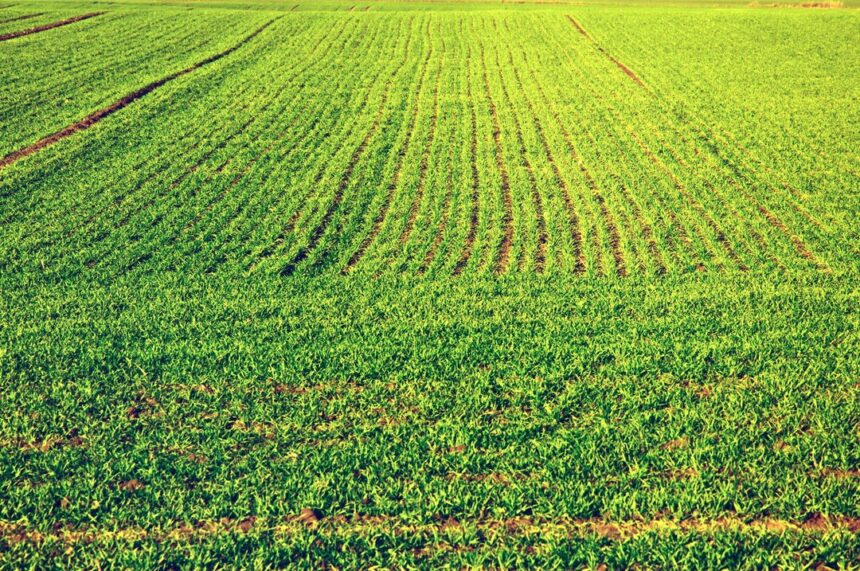Cover crops, often referred to as green manure or living mulch, are a powerful tool in sustainable agriculture for enhancing soil fertility, structure, and overall health. These crops, strategically planted during periods when the main cash crop is not growing, offer a myriad of benefits to farmers and the environment alike. In this article, we’ll explore the importance of cover crops and how they contribute to improving soil fertility and structure.
What are Cover Crops?
Cover crops are non-commercial crops planted primarily to benefit the soil rather than for harvest. They are typically grown during fallow periods, between cash crop plantings, or as intercrops alongside main crops. Common cover crop species include legumes like clover and vetch, grasses such as rye and oats, and brassicas like radishes and mustard.
Enhancing Soil Fertility:
One of the primary benefits of cover crops is their ability to improve soil fertility through nitrogen fixation, nutrient cycling, and organic matter addition. Leguminous cover crops, such as clover and vetch, have symbiotic relationships with nitrogen-fixing bacteria in their root nodules, allowing them to convert atmospheric nitrogen into a form usable by plants. When these cover crops are incorporated into the soil, they release nitrogen, enriching the soil and providing a natural source of fertilizer for subsequent crops.
Improving Soil Structure:
Cover crops play a vital role in improving soil structure by reducing erosion, enhancing water infiltration, and promoting aggregation. The dense root systems of cover crops penetrate deep into the soil, creating channels for water and air movement and increasing soil porosity. This improves soil tilth, reduces compaction, and enhances soil resilience to environmental stresses such as drought and heavy rainfall.
Suppressing Weeds and Managing Pests:
Cover crops serve as natural weed suppressors, competing with weeds for sunlight, water, and nutrients. By smothering weed growth and shading the soil surface, cover crops help suppress weed germination and establishment, reducing the need for herbicides and manual weed control. Additionally, certain cover crops, such as brassicas, release biofumigants that help suppress soil-borne pests and diseases, reducing reliance on synthetic pesticides.
Reducing Soil Erosion:
Cover crops provide effective erosion control by protecting the soil surface from wind and water erosion. The dense canopy and extensive root systems of cover crops help stabilize the soil, prevent sediment runoff, and reduce nutrient leaching. This is especially beneficial on sloping or vulnerable soils prone to erosion, helping to preserve soil fertility and protect water quality.
Enhancing Biodiversity and Beneficial Insects:
Cover crops contribute to enhanced biodiversity on farms by providing habitat and food sources for beneficial insects, pollinators, and soil microorganisms. Flowering cover crops, such as clover and buckwheat, attract pollinators like bees and butterflies, promoting pollination services and enhancing crop yields. Additionally, cover crops support populations of beneficial predators and parasitoids that help control pest populations naturally, reducing the need for chemical pesticides.
Economic Benefits and Risk Mitigation:
In addition to their agronomic and environmental benefits, cover crops offer economic advantages to farmers by reducing input costs, improving crop yields, and mitigating production risks. By enhancing soil fertility, structure, and resilience, cover crops help optimize nutrient use efficiency, increase water availability, and buffer crops against adverse weather conditions, ultimately leading to improved profitability and sustainability.
In conclusion, cover crops are a valuable tool for enhancing soil fertility, structure, and overall soil health in sustainable agriculture systems. By harnessing the power of nature’s green manure, farmers can improve crop productivity, reduce environmental impacts, and build resilient and sustainable farming practices for future generations. Incorporating cover crops into crop rotations and conservation management strategies is essential for maximizing their benefits and transitioning towards more regenerative and ecologically sound agricultural systems.
Join 'Farmers Mag' WhatsApp Channel
Get the latest Farming news and tips delivered straight to your WhatsApp
CLICK HERE TO JOIN






